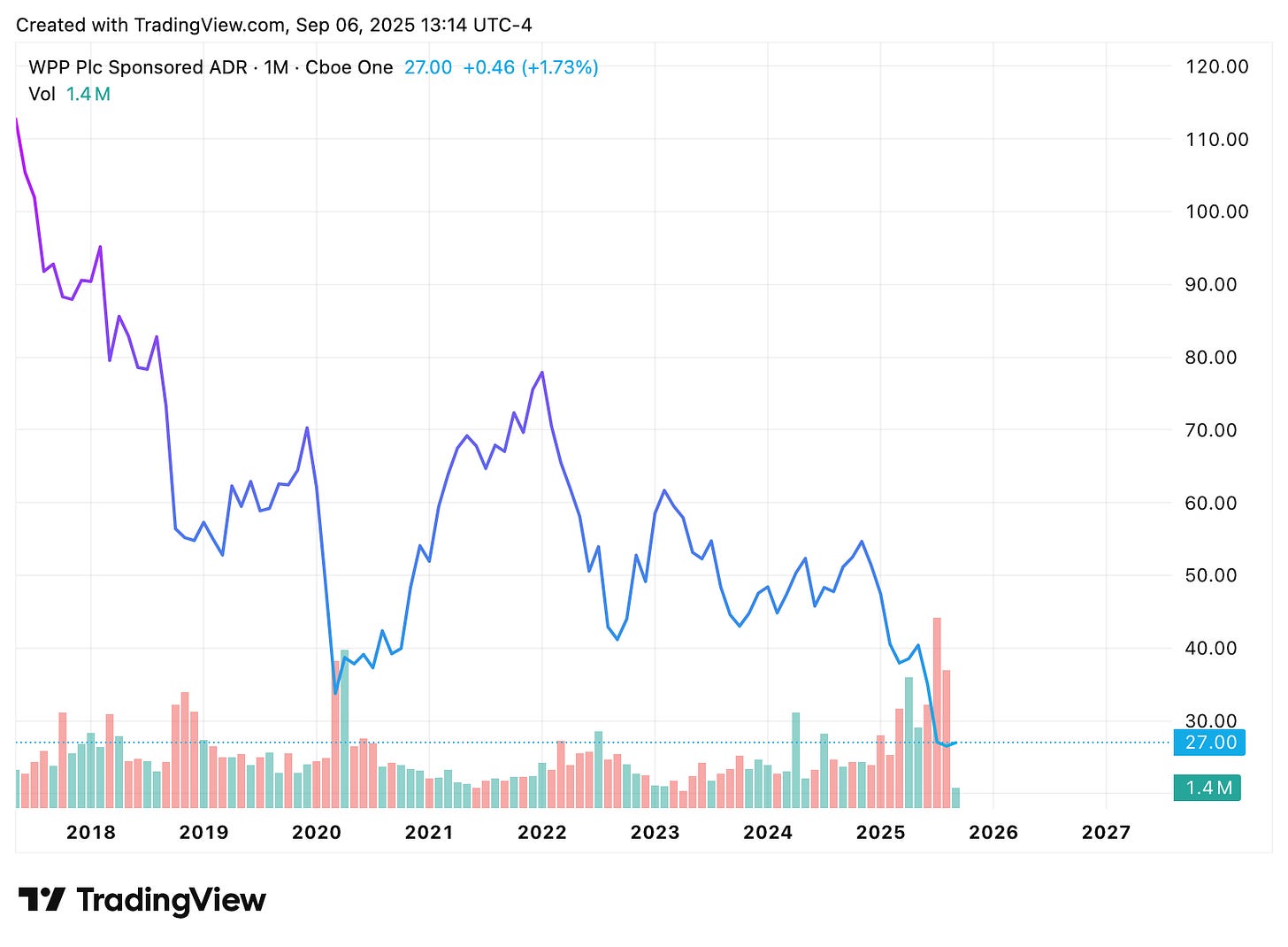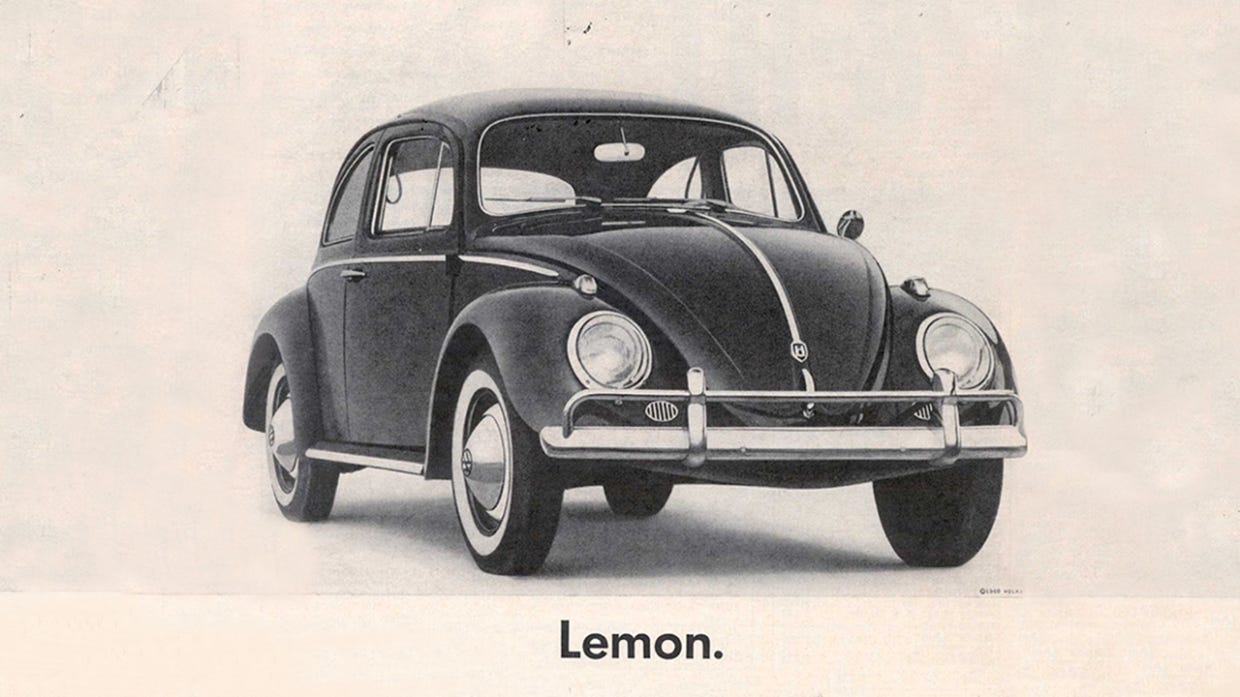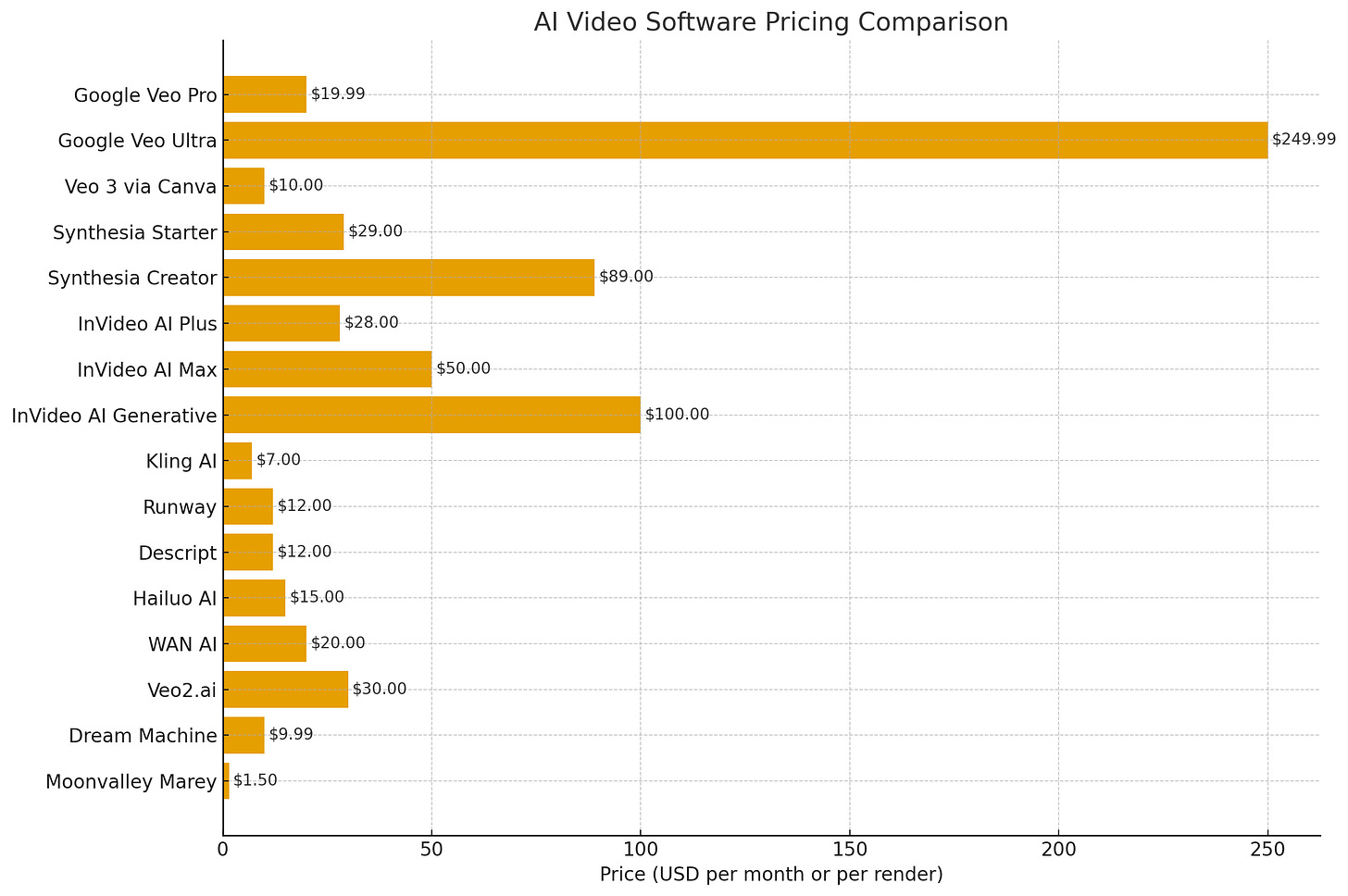Why Paying $200K for an National Brand Ad Is Pure Insanity in 2025
The Death and Rebirth of the Advertising Agency
The traditional advertising agency model is dying. That might sound dramatic, but the cracks have been showing for years. Agencies built their businesses on the idea that brands needed large teams, long timelines, and six-figure budgets to create work that stood out. For decades, this was true. You wanted a television commercial with cinematic production quality? That was a $200,000 ask at minimum. You wanted a full campaign strategy rolled out across markets? That meant working with an international network and paying for access to their scale.
But today the ground has shifted. The tools have changed. And the biggest players in the game are starting to feel it.
Agencies Built on Scarcity
Advertising agencies once had an advantage because the means of production were scarce. Cameras, editing bays, distribution channels, creative teams, these were expensive and difficult to access. Agencies were a way to rent the team without having to buy all the expensive production resources. If you wanted to play in the big leagues, you had to go through them.
That model worked when television was dominant, media buying was complex, and creative assets required armies of specialists. Agencies charged big retainers and took a cut of media spend. Everyone from Fortune 500 brands to scrappy startups bought into the system because there was not a viable alternative.
For reference, The most expensive commercial ever made is the 2004 Chanel No. 5 advertisement, "No. 5 The Film," which cost approximately $33 million to produce
But what happens when scarcity disappears?
The AI Earthquake
AI has blown a hole in the traditional model. We are only in the early stages and already AI can produce video that rivals what global agencies put out. Entire ads can be scripted, filmed, and edited without ever booking a studio or hiring a crew.
The Kalshi ad during the NBA Finals is a perfect example. Built entirely with AI tools for under $2,000, it hit more than 3 million views online. It looked polished. It had a concept. And it worked. Compare that with the six-figure budgets agencies still demand for similar output.
Another example came from The Original Tamale Company in Los Angeles. A mom-and-pop shop leaned on AI tools to create a quirky ad. It went viral with more than 22 million views. No agency in sight. Just AI, creativity, and hustle.
When a teenager in their mom’s basement can use off-the-shelf AI tools to make something that spreads farther than a Madison Avenue production, you know the game has changed.
Wall Street is Taking Notice
Investors have started to punish the traditional players. WPP, the world’s largest advertising holding company, reported a 71 percent drop in pre-tax profits in 2025 and slashed its dividend by half. Its stock has fallen sharply as clients pull back spending and question the agency model.

This is not just a blip. It is a sign that big agencies no longer control the levers they once did. Brands are seeing that they can get high-quality work without paying bloated fees. Investors are seeing it too.
The decline in agency stocks reflects a broader truth: the old way of working is unsustainable.
Production Value is Now a Commodity
What agencies used to sell was access to high production value. But thanks to AI, that is no longer scarce. Anyone with a laptop can spin up visuals that look like they came out of a million-dollar studio.
The difference between “professional” and “amateur” production has blurred. A TikTok ad shot in someone’s living room can drive more engagement than a polished TV spot. In fact, consumers often prefer raw, authentic content over something that feels manufactured.
Agencies that continue to pitch production as their value proposition are in trouble. Production is now a commodity. What matters is the idea, the story, and the distribution.
The New Role of Agencies
So where does this leave agencies? Dead? Not quite. But they need to evolve.
The production side of agencies is finished. AI has made high-quality content creation a commodity. What survives is everything else that makes campaigns work: strategy, distribution, and above all performance.
With the rise of affiliate marketing and performance-driven partnerships, measurement will become the lifeblood of the modern agency. Clients will not pay for hours or headcount. They will pay for outcomes. Agencies that can prove lift, track conversions, and optimize spend will thrive.
The future agency will be part strategy, part performance engine, and part distribution. Its advantage will come not from competing with AI on production, but from using AI as fuel for smarter targeting, sharper insights, and, most of all, faster iteration.
Small is the New Big
Ironically, the best agencies may start to look like they did decades ago: small, nimble, and scrappy. Think three or four people with laptops who can compete with 300-person agencies because they know how to wield AI effectively.
Portfolios are no longer just for designers, they are for all digital marketers to demonstrate how you can weld the tools to create million dollar brands on thousand dollar budgets.
We have already seen independent creators on YouTube and TikTok rival the reach of multinational campaigns. Brands will increasingly turn to these small teams and creators rather than paying for traditional agency retainers.
The industry may fragment, but it will not vanish. It will just shrink.
Lessons from the Music Industry
The situation mirrors what happened in music. For decades, recording studios controlled production. Then software like GarageBand and distribution platforms like Spotify removed barriers. Suddenly anyone could record an album in their bedroom and reach millions.
The labels that survived were not the ones who clung to the old model. They were the ones who adapted, signing new kinds of artists, investing in streaming, and finding new revenue models.
Advertising agencies face the same challenge. Adapt, or risk irrelevance.
The Human Advantage
Despite all this disruption, humans still matter. AI can generate infinite variations, but it cannot understand human nuance the way great strategists and storytellers can. Agencies that combine human insight with AI capability will thrive.
The winners will be those who know culture, who know what makes people laugh, cry, or click. AI can help produce the work, but humans will still provide the spark.
A World Without Gatekeepers
The future of advertising will be more democratic. A small restaurant, a teenager in a basement, or a niche e-commerce brand will have access to the same creative firepower once reserved for Coca-Cola and Nike.
That is both exciting and terrifying. Exciting because creativity is no longer constrained by budget. Terrifying because the volume of content will only increase. Cutting through will be harder than ever.
Which brings us back to the agencies. They are not needed as gatekeepers anymore. But they could be needed as guides.
Conclusion: Evolution, Not Extinction
The traditional agency model is dying. The days of charging $200,000 for a glossy ad are over. AI has made high production value accessible to anyone, and Wall Street is already punishing the giants for failing to adapt.
But this does not mean agencies are finished. It means they must evolve. From selling production to selling strategy. From bloated headcounts to lean AI-enabled teams. From controlling scarcity to thriving in abundance.
The new agency will be smaller, faster, and sharper. And if it can harness AI instead of fearing it, it might just survive the revolution.





